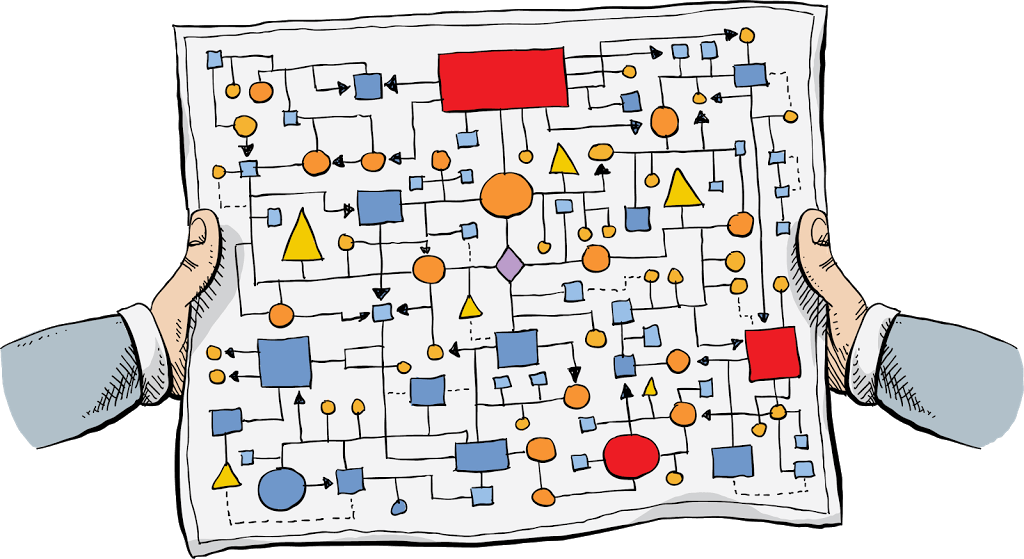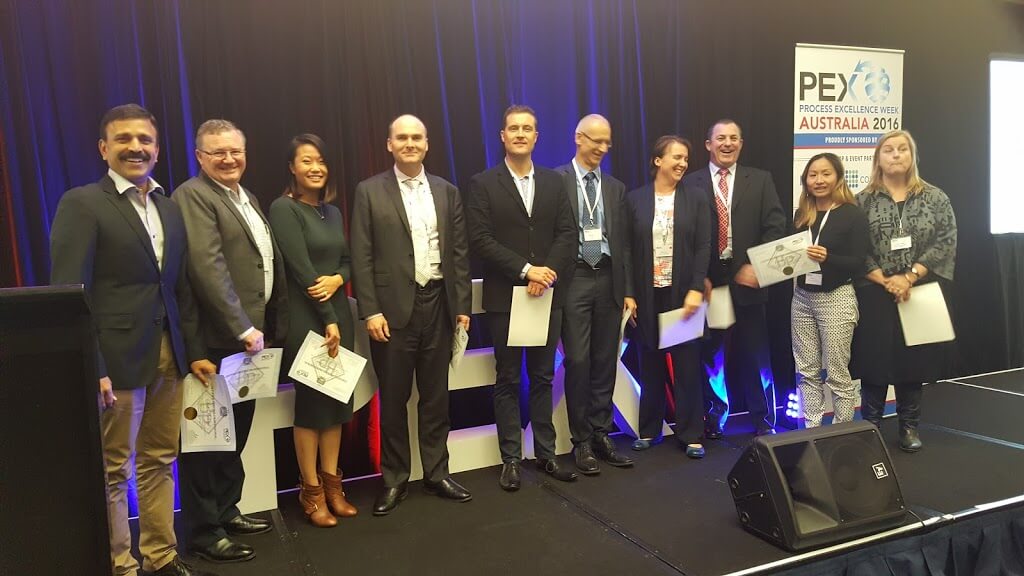 Stop making dumb things happen faster for less money! Stop making dumb things happen faster for less money! |
A lot of companies pay lip service to customer-centricity, write contributors Steve Towers and James Dodkins, but not many “walk the talk”.
Here are 10 differences between inside-out and outside-in companies.
There is a lot of talk today, more than ever, about customer centricity, client focus, customer experience strategy and Outside-In. Many organizations have adopted aspects of these disciplines and where many have achieved monumental success others have fallen by the wayside. Why is this? The problem is perception. |
|
|
Countless organizations have said all the right things to make the workforce believe that they are becoming a customer-focused organization and then doing the complete opposite.
The effect of this is rising costs, shrinking revenues and ever lowering customer satisfaction.
The problem with this is that there is now a collective of organizations that have a “customer centricity doesn’t work” mentality. It’s like putting a rain hat in your pocket, going out into a storm, getting wet hair, then swearing the hat is useless. Just having the Outside-In customer centricity ideals is not enough; you have to use them in the right way.
So, how do you know if you work in an Outside-In organization or an Inside-Out organization wearing an Outside-In mask?
Table 1: Inside-Out or Outside-In?
|
Inside Out – attending to tasks and activities
|
Outside In – aligning to Successful Customer Outcomes (SCO’s)
|
|
Doing things right
|
Doing the Right things AND doing things right
|
|
1
|
Pyramidal management knows best
|
Context and customer defined
|
|
2
|
Business as a factory (left to right)
|
Customer Oriented Architectures
|
|
3
|
Benchmarking competitors
|
Determine customer needs and trends
|
|
4
|
Customer feedback retrospective
|
Customer needs designed and delivered
|
|
5
|
Process Improvement and optimization
|
Customer Experience innovation
|
|
6
|
DMAIC/SIPOC/DFSS/Lean
|
CEMMethod/4D’s
|
|
7
|
Improving efficiencies
|
Developing value for the customer
|
|
8
|
Model and method oriented
|
Customer journey and experience focus
|
|
9
|
Top down business architectures
|
Customer centric frameworks (context sensitive)
|
|
10
|
Remuneration for tasks completed
|
Rewards based on delivery of SCO’s
|
Let’s review the not so subtle differences
#1: Pyramidal managementDoes your CEO really know the most about your organization? Can your CEO really relate to customers? Let’s face it, your CEO probably hasn’t spoken to a customer in years (if ever) so, why are they best qualified to determine how your organization is run? Maybe they aren’t…
| #2: Business managed as a factory (left to right)
What percent of the work within your organization is manufacturing? What if you don’t manufacture anything? Then why does everything within your organization look like a factory?
We can’t meet the future with an industrial age mindset… join the rest of us in the 21st century.
#3: Benchmarking competitors
If you benchmark against other competitors you will, at best, only ever be as good as them, no better, most of the time worse and you will always be one step behind the trend.
|
|

Are you still managing a business that you think looks like this?
|
Rather than focusing on what your competitors are doing, focus on what the real need of the customer is and deliver that, innovate the customer experience, there is no easier way to become a market leader…let your competitors benchmark you.
#4: Retrospective customer feedbackAsking customers “how did we do” is stupid, asking customers “how did we do” 3 weeks after it happened is even more stupid, allowing customer to self-select for a survey to tell you how you did 3 weeks after is happened is even more stupid than that.
If you want to get totally non-representative, inaccurate, and relatively useless data on how some customers may have felt you performed at some point then the traditional methods are fine (NPS, CSi, etc).
To measure a customer experience properly and objectively you need to first know what makes a great customer experience and measure if you are doing those things, we need to get scientific about the customer experience (CXRating).
If you are still in the land of subjective, self-selecting, retrospective feedback, chances are you have no idea just how well, or poorly, you are performing…even if you think you do.
#5: Focus only on process improvement and optimizationTaking what you are already doing and making it happen in a shorter time frame, more efficiently or for less operating cost is not good enough any more. If you are doing dumb things all you are doing is making dumb things happen faster for less money.
You should focus on innovating the customer experience. Any work within your organization is caused by a customer interaction somewhere down the line. If you engineer and innovate at the causal level, you will make the customer experience better and eliminate swathes of pointless dumb work that you are wasting time on every single day…simple really isn’t it?
#6: Trying to use DMAIC/SIPOC/DFSS/Lean to optimize the customer experienceIf you are using process improvement methodologies that were created to optimize manufacturing processes to optimize the customer experience then you will find yourself in a mess.
Use a 21st century methodology like the CEMMethod that was designed for this day and age to really turbo charge your customer experience efforts. Have you ever heard the phrase “trying to fit a square peg into a round hole”? Methodologies like Lean and Six Sigma were great at what they were created to do, but they were not created to improve customer experience… and therefore won’t.
#7: Improving efficiencies for internal customers onlyTrying to make things more efficient for yourselves inside your organization – more often than not – will actually make things worse for the customer. Don’t just perpetuate the Inside-Out mindset. You need to make sure that everything you are doing is actually creating value for customers. Don’t focus on internal customers, focus on real customers… they pay your wages.
#8: Model and method orientedDon’t get shackled by the oppression of the models and methods that ‘the man’ has said you should use. You shouldn’t focus on trying to implement a model or method you should be focused on how to make the customer experience better… whatever it takes.
#9: Top down business architecturesDo you work in an environment when the person above you tells you what to do and you tell the people below you what to do? If your whole working life is focused on trying to make your boss happy what aren’t you focusing on?
That’s right, the customer.
As soon as we enter a habitat like this we make a habit out of ignoring what’s right for the customer over what is perceived to be right for the organization. I’m not saying you’ll be able to change this overnight, I’m just saying it’s wrong and will eventually lead to your organizations downfall… don’t get left behind.
#10: Remuneration for tasks completedIf you pay people for doing stupid things, they get very good at doing them. Traditionally, you will get paid for completing tasks and activities, filling in forms, processing invoices, taking calls etc.
If everyone (and I mean EVERYONE) was paid for delivering customer success just imagine how different your working environment would be. Empowering workers to be able to do whatever it takes to deliver customer success is the polar opposite of workers having to complete X number of forms in a day… this is maybe the biggest game changer of them all.
Steve Towers & James Dodkins



















